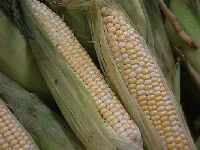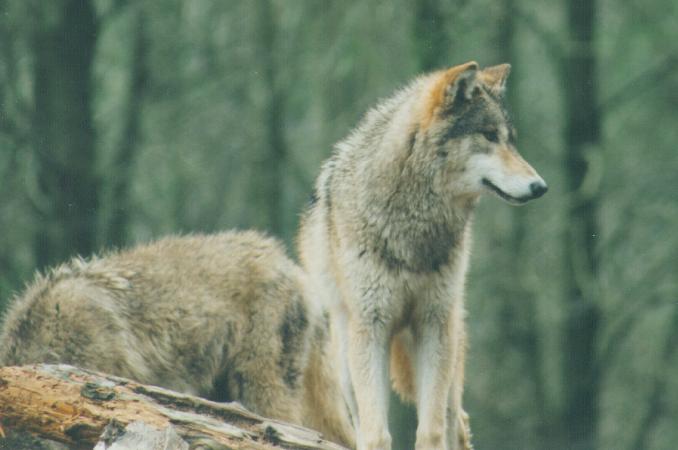

 that big yellow ear of corn that you had recently purchased from the grocery
wouldn't have been so big and yellow had you been the first Thanksgiving
pilgrim. These results were achieved by breeding similar organisms;
plant with plant, animal with animal. Scientists have continued to
develop new techniques to insert genes into different species of plants
and animals to increase the yields and increase the resistance of these
species to viruses, herbicides, insecticides, and fungi.
that big yellow ear of corn that you had recently purchased from the grocery
wouldn't have been so big and yellow had you been the first Thanksgiving
pilgrim. These results were achieved by breeding similar organisms;
plant with plant, animal with animal. Scientists have continued to
develop new techniques to insert genes into different species of plants
and animals to increase the yields and increase the resistance of these
species to viruses, herbicides, insecticides, and fungi.
With many
the World's people starving for food, it is a race against time to solve
the hunger problems for the future. People, saws, and bulldozers
are rapidly encroaching on uninhabited areas, and hundreds of wild plant
and animal species disappear every year. The danger is real!
Preserving the genes of resident plants and animals is an important, but
little recognized , reason to preserve wild species. Once a species
becomes extinct, it's genes are lost forever. Genes, with all their
various alleles, have evolved over hundreds of million years and represent
one of the most valuable and irreplaceable natural resources.

You should be aware
that there is plenty of opposition to genetically altered foods.
Food allergies and reactions, some which have been fatal or crippling,
have been associated with previously released genetically altered foods.
Should something unforeseen happen, the effects of this genetic hocus pocus
will be irreversible and impossible to breed out! In other words,
we'll be stuck with them. Should we be tampering with Mother Nature?
Do we really know better than her? Shouldn't we at least be aware
of what is going into our food and be allowed to decide what we want to
eat?
Take a journey through this Web
Quest and discover the positive and negative aspects of foods produced
using Biotechnology. Decide for yourself the ethical problems associated
with the economic desires to provide more food for a starving World.
Now it is time to move on to the TASK.